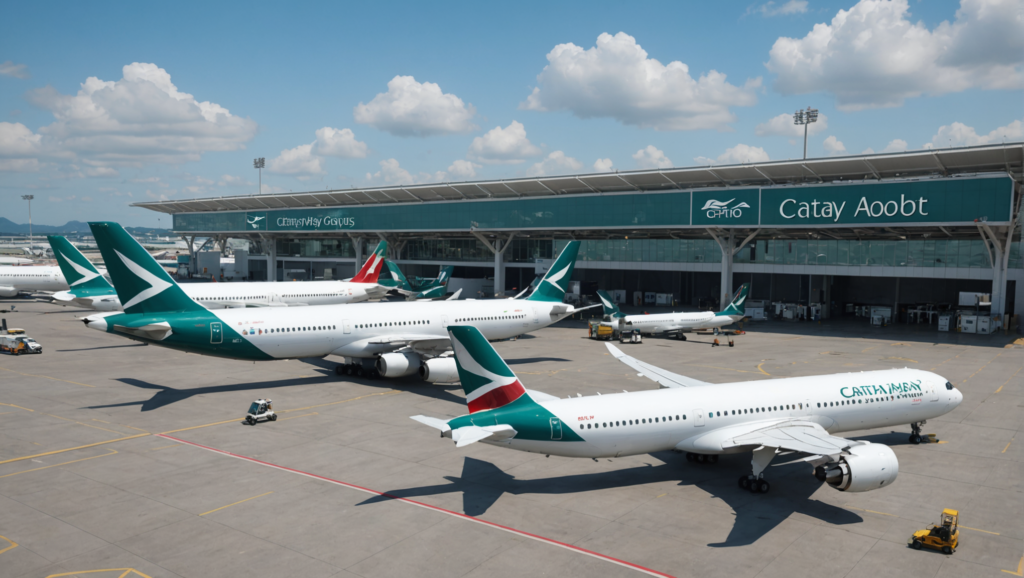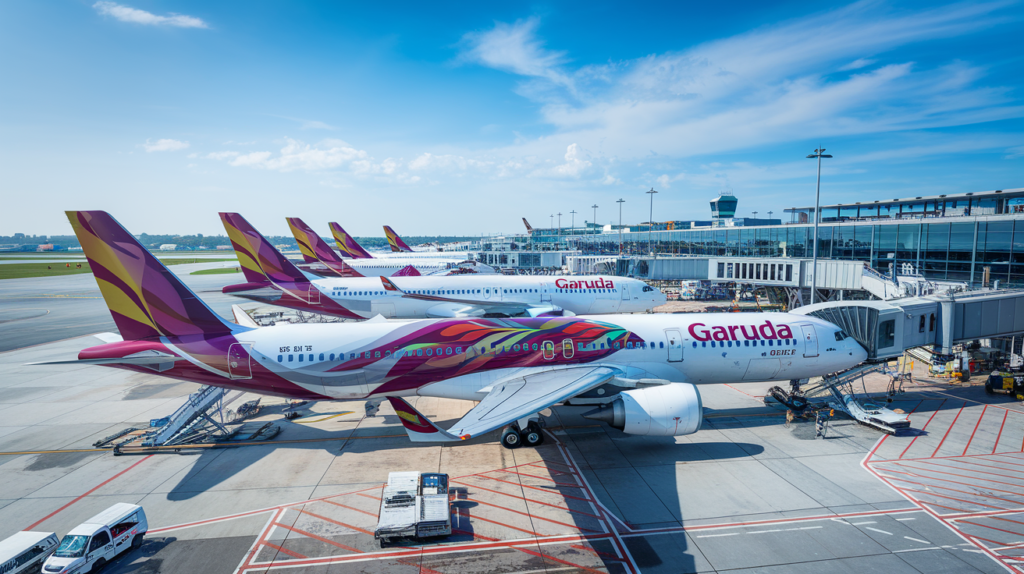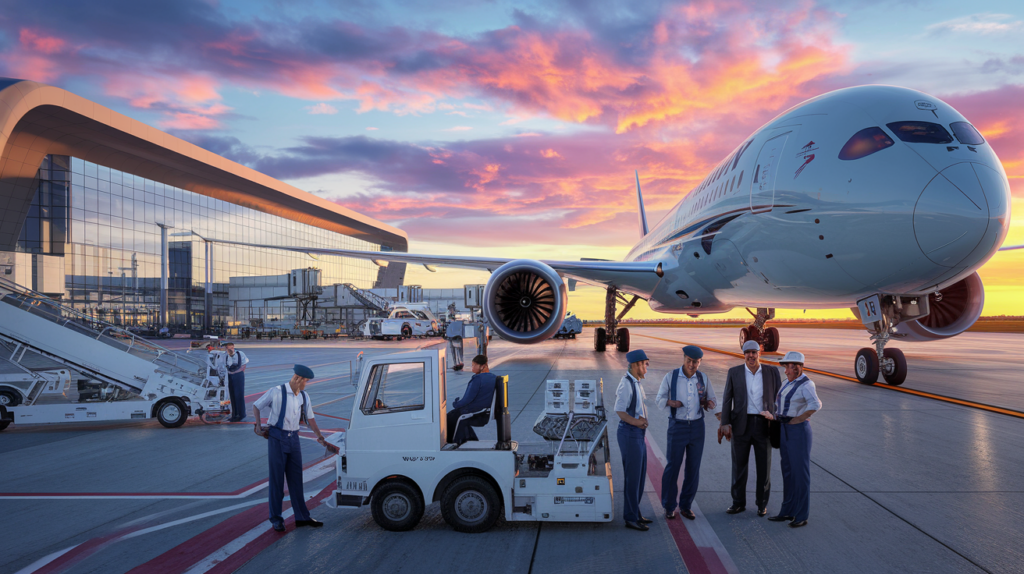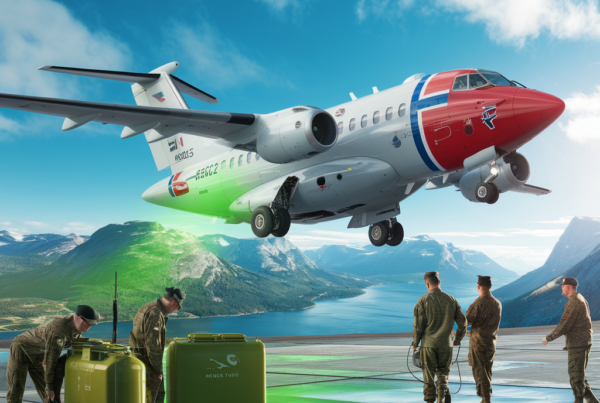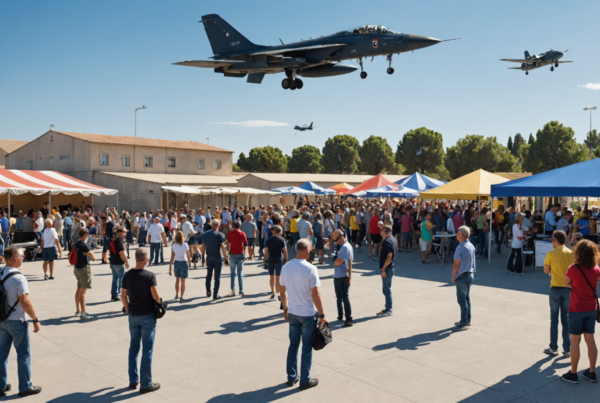In the field of airborne detection, France is preparing to enter a new technological era with the gradual replacement of its E-3F AWACS aircraft by GlobalEye systems. This transition marks a major turning point in the country's air surveillance and control capabilities, paving the way for significant strategic and operational advances.
A Strategic Change for French Air Defense
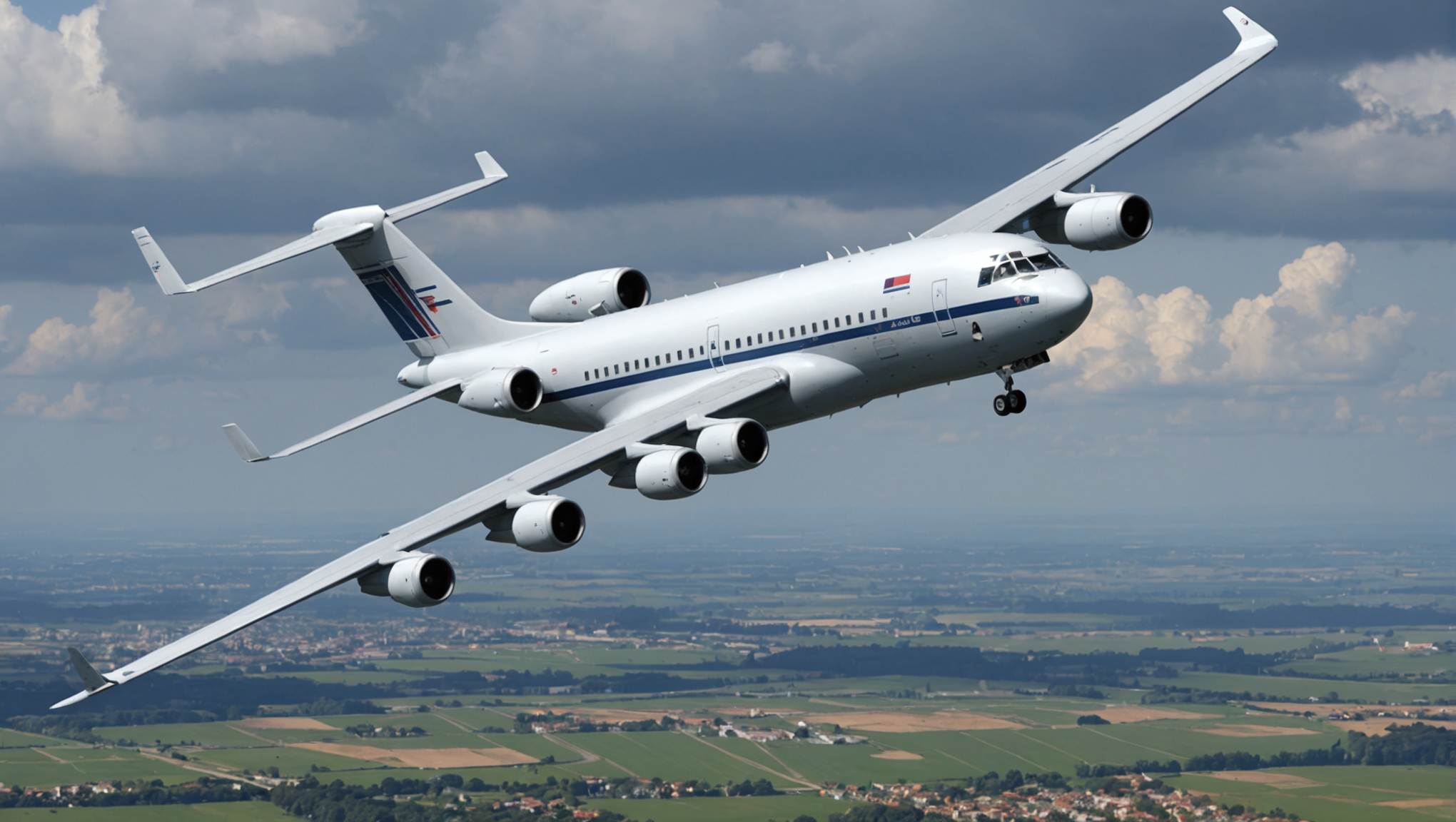
This week, a surprising piece of news relayed by Intelligence Online claims that the France is said to be in the process of acquiring a copy of the GlobalEye from Saab. This airborne detection and control aircraft, based on the Bombardier Global 6000would complement, if not replace, the E-3F AWACS currently in service with the French Air Force (AAE).
Cost and long-term commitment
The acquisition of this aircraft is estimated at a minimum of 230 million euros, as demonstrated by the recent option exercised by the Swedish Air Force. An investment of this scale would enable France to reinforce its current fleet of four Boeing E-3F AWACSwhich are currently being modernized to remain operational until 2035.
Advanced technology for enhanced safety
Visit GlobalEye features radar technology AESA Erieye Extended Range, capable of detecting targets over 550 kilometers away. In addition, it is equipped with a suite of advanced sensors and an integrated command and control system. A configuration that has already won over the United Arab Emirates and Sweden.
Why choose GlobalEye?
In the face of a rapidly changing global geopolitical context and heightened threats, particularly in Eastern Europe and the Baltic Sea, France could find the GlobalEye a fast, efficient solution for the eventual replacement of its E-3F AWACS.
An accelerated replacement process
The withdrawal of E-3Ds operated by the Royal Air Force and geopolitical tensions, particularly with Russia, have prompted European nations to speed up the process of modernizing their airborne detection fleets. Here, Dassault Aviation and Thales, usually in pole position on such projects, seem curiously absent.
Comparison: E-3F AWACS and GlobalEye
| Features | E-3F AWACS | GlobalEye |
| Radar detection | 400 km | 550 km (EASA) |
| Operators | Boeing | Saab |
| Estimated Cost | N/A | 230 million euros |
| Operational support | 2023-2035 | 2027 and beyond |
On the same theme
Cathay Group orders an impressive 30 A330neo aircraft
The Cathay Group recently announced a surprise order for 30 A330neo aircraft. This major acquisition reflects the company's determination to strengthen its fleet and consolidate its market position. A strategic decision that promises...
Garuda Indonesia plans to expand its fleet by 15 to 20 aircraft by 2025.
Garuda Indonesia, Indonesia's national airline, has ambitious plans to expand its fleet. According to recent statements by the newly appointed CEO, Wamildan Tsani Panjaitan, the aim is to add 15 to 20 aircraft by 2025. This strategic reinforcement is designed to meet...
Riyadh Air prepares to welcome its very first Boeing 787-9 Dreamliner
Saudi Arabia's new national airline, Riyadh Air, is set to make its debut in the skies with the imminent arrival of its very first Boeing 787-9 Dreamliner. Scheduled to start operations in 2025, Riyadh Air represents an ambitious new player on the Saudi...

